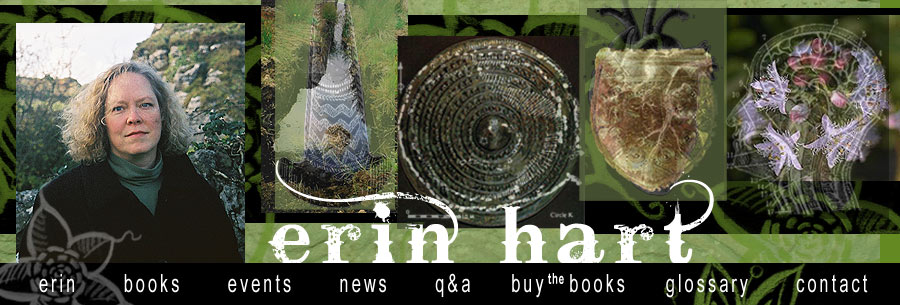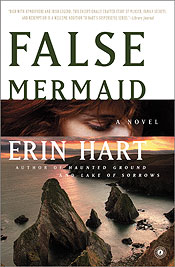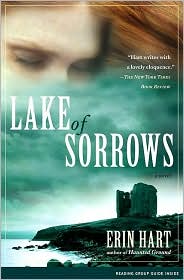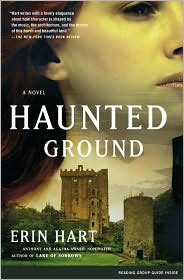On Sunday morning we headed north to visit Brú na Bóinne (The Boyne Valley), the home of Newgrange and Knowth, a couple of very fine Neolithic temples/passage tombs. Last year's group visited Knowth, which is a group of 18 (1 large and 17 smaller passage tombs). This year we got to see Newgrange, built around 3200 BCE, and known for the lightbox that allows a beam of light to enter the very center of the tomb on the shortest days of the year. I had heard that visitors weren't allowed inside the tomb any more, but I was wrong! Each small group goes through the narrow passage into the central chamber. Once everyone is inside, the guide switches off the lights, showing what happens in the chamber at sunrise on December 21. It's amazing and quite moving, being cast back 5,000 years into the past.
Heading west to Longford, we visited the Corlea Trackway Centre, a road constructed from more than 300 oak trees felled and split during one season in 148 BCE. The excavation of the roadway was carried out by a team headed by the late Barry Raftery, professor of archaeology at UCD in Dublin, and the person who related the true story of the red-haired girl from the bog that became the basis for my novel HAUNTED GROUND. It's a fascinating site, with an 18-meter stretch of the roadway preserved in the visitor center and museum (and the rest still out under the bog!), and home to a wonderful display about the excavation and scientific investigation, and what those things can tell us about life in Iron Age Ireland.
DAY FOUR
We continued to the Glencolmcille Folk Village, a sort of outdoor museum with replicas of typical Donegal cottages, a shop, school, and traditional fishermen's homes. Very like the place I imaged as home to the Heaney family from FALSE MERMAID, even down to the cast iron bed. Had a great time chatting with the Margaret Cunningham, a singer with the traditional group Na Dorsa, who works in the shop/office at the Folk Village. One reviewer said of Margaret that she "has the voice of a mermaid." Have a listen and see if you agree.
After a quick stop to take pictures of turf-cutting (as if one can ever have enough pictures of turf), we ended up at Triona Designs in Ardara, a traditional handweaving studio run by the family of Dennis Mulhern, a sixth-generation weaver. Dennis and his wife Ann had prepared some Irish coffee for us, which was welcome on this rather blustery Donegal day. I asked Dennis what runs through his mind when he's at the loom, and he said, "You can be miles away." Then he told about hearing his father lilting tunes as he worked.










No comments:
Post a Comment